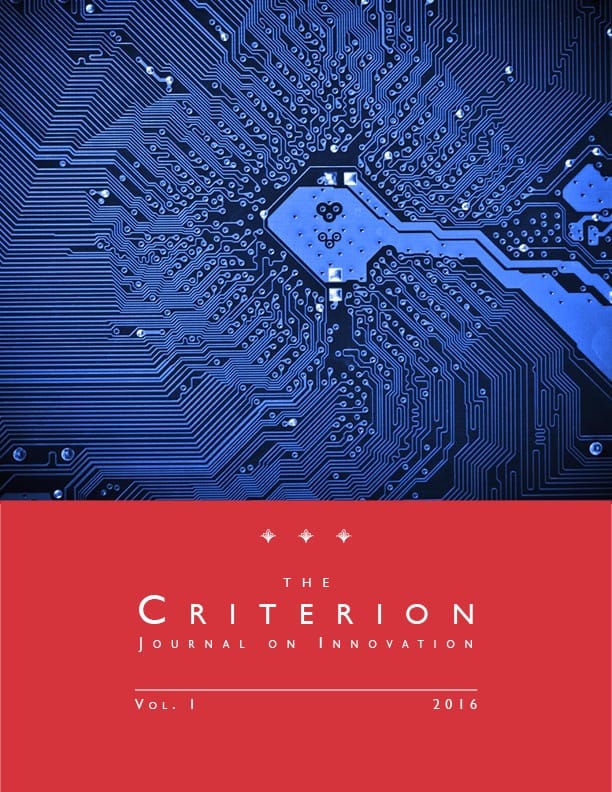The Value of Patents in Pools and Its Implications for Competition
Purchase a reprint version of the Article (Amazon) | Read the Article (PDF) | Download the Article (PDF) Download the Article (PDF)In this article, I compare the value of pool patents to that of non-pool patents with similar characteristics. I first analyze the induced-value effect of the inclusion and then analyze simultaneously the intrinsic-value and induced-value effects, which are measured on the basis of the number of forward citations. I also discuss and analyze the relationship between the induced-value effect of patents that are disclosed in an SSO and the effect of a patent pool.
My results indicate not only that a patent’s inclusion in a pool increases the number of its forward citations (the induced-value effect), but also that pools generally select patents with a higher number of forward citations (the intrinsic-value effect). The induced-value effect proves to be greater than the intrinsic-value effect on the number of citations. However, that effect is quite unstable and, in my sample, is mainly due to the IEEE 1394 pool.
The results of my analysis play an important role in the current debate surrounding patent pools and their economic efficiency. My results reveal that, although essentiality is not related directly to a patent’s value, patents that are selected by pools generally have a higher value than similar patents that are not included in a pool. Contrary to the findings reported in the literature, patent holders do not use pools to license poor-value patents. Such a conclusion holds particular importance for debates surrounding the efficiency of pools, as it confirms that the agreements between competitors can attract valuable contributions. Therefore, the economic advantages could outweigh the potential collusion risks of a pool—for example, the risk that a pool is used as a price-fixing mechanism.
Assuming that antitrust rules completely eliminate the risk of collusion, and consequently that the induced-value effect does not capture an increase in the value of patents due to collusion, my results could also help shed light on the advantages and drawbacks of patent pools. That is, the results of my analysis suggest a way to assess empirically the reduction of the multiple-marginalization problem of a pool and the consequent increase in commercial value of a standard due to the patent pool.

Cite as
Henry Delcamp, The Value of Patents in Pools and Its Implications for Competition, 1 Criterion J. on Innovation 161 (2016).
